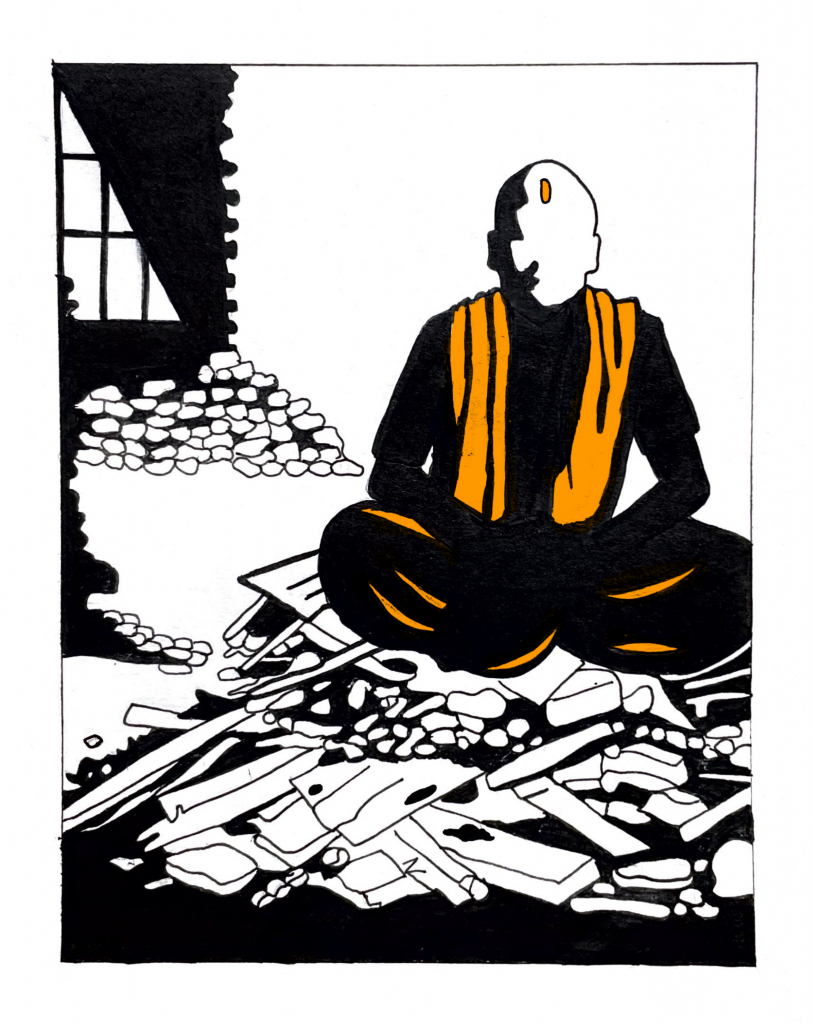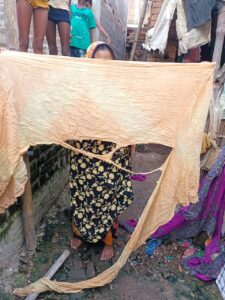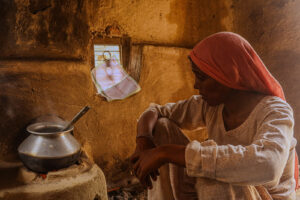
The Demolitions Newsletter #3: Kukrail and the injustice of lawful demolitions

Last month, the Uttar Pradesh government completed a demolition drive in Lucknow’s Akbar Nagar locality with the destruction of 1,169 homes and 101 commercial establishments. The demolitions of this decades-old, predominantly Muslim locality is for “beautification” under the Kukrail riverfront project, which seeks to transform the area into an eco-tourism hub. The demolitions were first initiated in December last year, and as of May, it had received the sanction of the Allahabad High Court and the Supreme Court of India. In our latest piece, we discussed the term “extrajudicial demolition,” which will be the focus of our research at The Demolitions Project. But in this newsletter, we find it crucial to highlight the social, economic, and human repercussions of even judicially sanctioned demolitions.
The Lucknow Development Authority demolished the Akbar Nagar homes for encroaching on the Kukrail river, and the judiciary upheld this argument. But in the simplicity of this justification, and so-called lawful demolition, many questions remain unanswered. How did the residents come about to occupy government lands in the first instance? Why were they allowed remain there for decades and generations? How were they paying taxes for a land that doesn’t belong to them in the first place? How do they have electricity? When the courts order for demolitions, there is still no acknowledgment of these complexities.
Demolitions can perpetuate cycles of poverty and disenfranchisement, irrespective of whether they are extrajudicial or lawfully sanctioned, because marginalised communities are most vulnerable to it. The ghettoisation of Muslim and Dalit neighbourhoods leads to clusters of unauthorised constructions as the only housing options available to them, which are then selected for destruction and redevelopment by governments indifferent to poor and marginalised populations.
According to the 2011 census, there are 2,613 slums across India, with a population of 65.49 million people, constituting 17.4% of the total urban population. Yet, as part of its In-Situ Slum Redevelopment programme, the central government has only sanctioned the construction of 296,000 houses for slum dwellers as of January this year, maintaining that “Land” and “Colonisation” are state subjects. The Delhi Development Authority’s website records 69 unauthorised colonies inhabited by affluent section of society and 1,731 unauthorised colonies that exclude affluent sections. In Lucknow, as presented in the 2021 Master Plan by Lucknow Development Authority, there are 241 unauthorised colonies.
It is usually slums and unauthorised colonies that are demolished for urban development or redevelopment. Yet, illegal constructions or encroachments by more privileged communities are overlooked and handled with less severity, meaning laws and regulations are applied inconsistently. The demolitions in Akbar Nagar reflect the institutional biases and executive complicity in the cycle of marginalisation.
Following the Akbar Nagar demolitions, residents of three other neighbourhoods on the Kukrail riverbed, of Pantnagar, Abrar Nagar and Rahim Nagar, were gripped by anxiety, after the state’s irrigation department marked many houses with red paint. In fear and protest, many residents pasted their registry papers, bank loans, electricity bills and house tax documents next to the red paint to assert their lawful ownership of their homes. Perhaps stumbled by this resistance, or perhaps just to buy time, the chief minister Adityanath announced on 15 July that no homes in the neighbourhoods would be demolished.
Seen in this context, even lawful demolitions that comply with legal frameworks, especially those of entire localities, are unjustifiable. They disrupt entire communities and lead to social, economic, and psychological distress. As highlighted in the piece on the legal frameworks governing demolitions in India, the right to adequate housing includes a protection against arbitrary displacement, and it should only be considered as a last resort. The demolition of an entire neighbourhood displaces residents en masse, causing social instability and breaks down years of networks that fostered social cohesion and collective wellbeing.
The economic impacts on the country’s development must also be considered, given that judicial demolition happen in name of development. The destruction of essential infrastructures considered ugly will require significant investment to rebuild into a beauty. Most often than not, displaced residents are from economically disadvantaged backgrounds, and face heightened poverty and inequality, exacerbating existing disparities. Demolitions also disrupt the local economies of these areas, reducing economic productivity.
Most importantly, perhaps, the displaced individuals living in these spaces put their life’s work and earning to secure these homes. Farhana, a 40-year-old resident of Akbar Nagar, could not hold back her tears while speaking to BBC Hindi about the ordeal. “It took my father everything to build this house,” she said. “We have been forced into homelessness. I’m losing everything. I spent my childhood here, my adulthood here, maybe I could have died here itself.”
No dream of development or beautification, and no amount of compensation or rehabilitation can compensate the psychological trauma of witnessing the demolition of your home. A government of politicians, land sharks, and corporations will never be able to consider its poor population beautiful.




